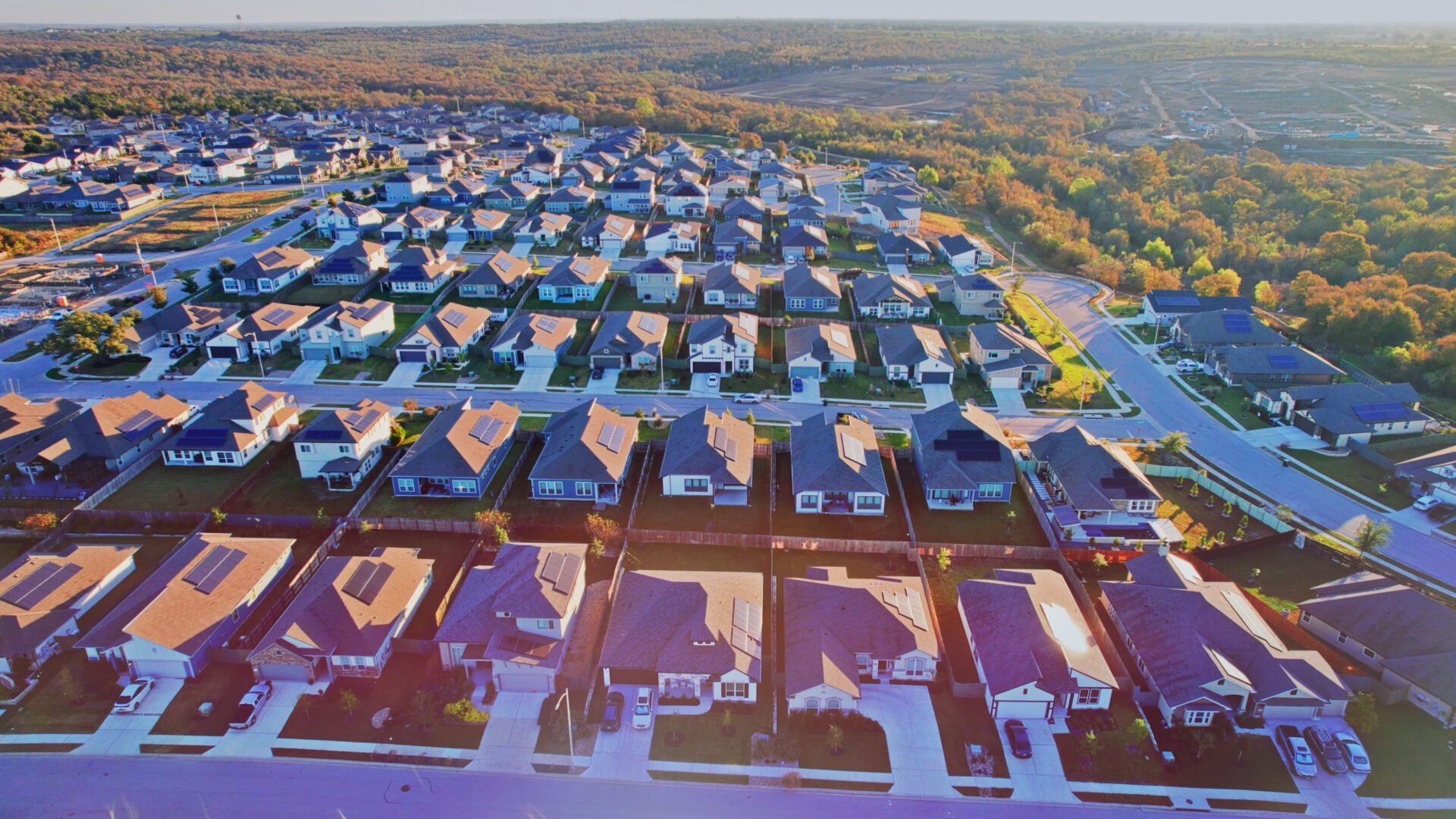
Ways Whisper Valley Homeowners Benefit from the Inflation Reduction Act
The Inflation Reduction Act, a spending bill signed into law by President Biden on Aug. 16, allocates more than $300 billion to be invested in energy and climate reform. This includes thousands of dollars in tax credits for consumers who make energy-efficient upgrades to their homes or buy electric vehicles.
Whisper Valley homeowners will be able to take advantage of these renewable energy tax breaks thanks to the energy-efficient technology in our homes.
Solar, Geothermal and Home Battery Tax Credits
Whisper Valley residents can currently receive a tax credit for their home’s solar photovoltaic (PV system) and a tax credit on the above-ground geothermal equipment in the home. This includes the ground-source heat pump (including installation) that drives the geothermal heating and cooling system in each home.
In 2021, the incentive allowed homeowners to write off 26% of the value of both renewable energy systems, which could total up to $6,000-$10,000* depending on the size of the equipment installed in the home. If the credit is more than the homeowner owes in taxes in the first year, the remaining tax credit can be used to reduce taxes for the following year.
Under the Inflation Reduction Act, this incentive has been extended and enhanced. Beginning in 2022, homeowners can qualify for a 30% tax credit through 2032. The credit then falls to 26% in 2033 and 22% in 2034.
A new addition to the law also extends the tax credit to battery storage technology. Whisper Valley homeowners have the option to add a home battery as an upgrade through the EcoSmart Power Resiliency Package. The package pairs a battery with the solar PV in your home to work with the local grid to store excess energy and optimize its use, providing resiliency during power outages.
Electric Vehicle Tax Credits
The Inflation Reduction Act also extends and amends another existing tax credit for electric vehicles worth up to $7,500. The tax credit is available through 2032 to consumers who buy new all-electric vehicles and hybrid plug-in vehicles.
There are limits to apply for the credit, which excludes married couples whose income exceeds $300,000, EVs that cost more than $80,000, and vehicles assembled overseas (Hyundai Motor, Kia, Audi and Polestar Automotive are excluded from the tax credit).
Buyers of used EVs can also claim a $4,000 credit or 30% of the sales price – whichever is less. Limits include consumers with incomes over $150,000 (married) or $75,000 (single filers), the vehicle price cannot exceed $25,000, and the car must be at least 2 years old. Buyers can also only obtain the credit if it is the first sale of the used vehicle.
The U.S. Treasury Department will maintain the list of eligible EVs.
Some Tesla Vehicles Eligible
Whisper Valley is located less than 10 minutes away from the new Tesla Gigafactory in Austin. Tesla’s best-selling Model Y and Model 3, the most popular EVs in the nation, will qualify for the full tax credit since they are currently priced under $70,000.
However, Model Y and Model 3 vehicles will not qualify for the tax credit until 2023 due to a previous manufacturer 200K unit cap that won’t be lifted until next year. Other popular EVs that met the sales cap, including the Chevrolet Bolt and Cadillac Lyriq, will also again be eligible for the tax credit in 2023.
Zero Energy Capable Living
It’s never been a better time to buy a new, zero energy capable home in Whisper Valley! Our innovative community is the largest master-planned development in the nation to use geothermal infrastructure to deliver heating and cooling to every home.
New homesites will be available in September in the newest phases of our community: Highview and Glenmore at Whisper Valley. To learn more about new homes in Whisper Valley, contact our builders directly or sign up for community updates.
*Total system value depends on size of home and system, and varies for each home. Consult your tax preparer to ensure accuracy in calculating the tax credit and to achieve the maximum benefit.

